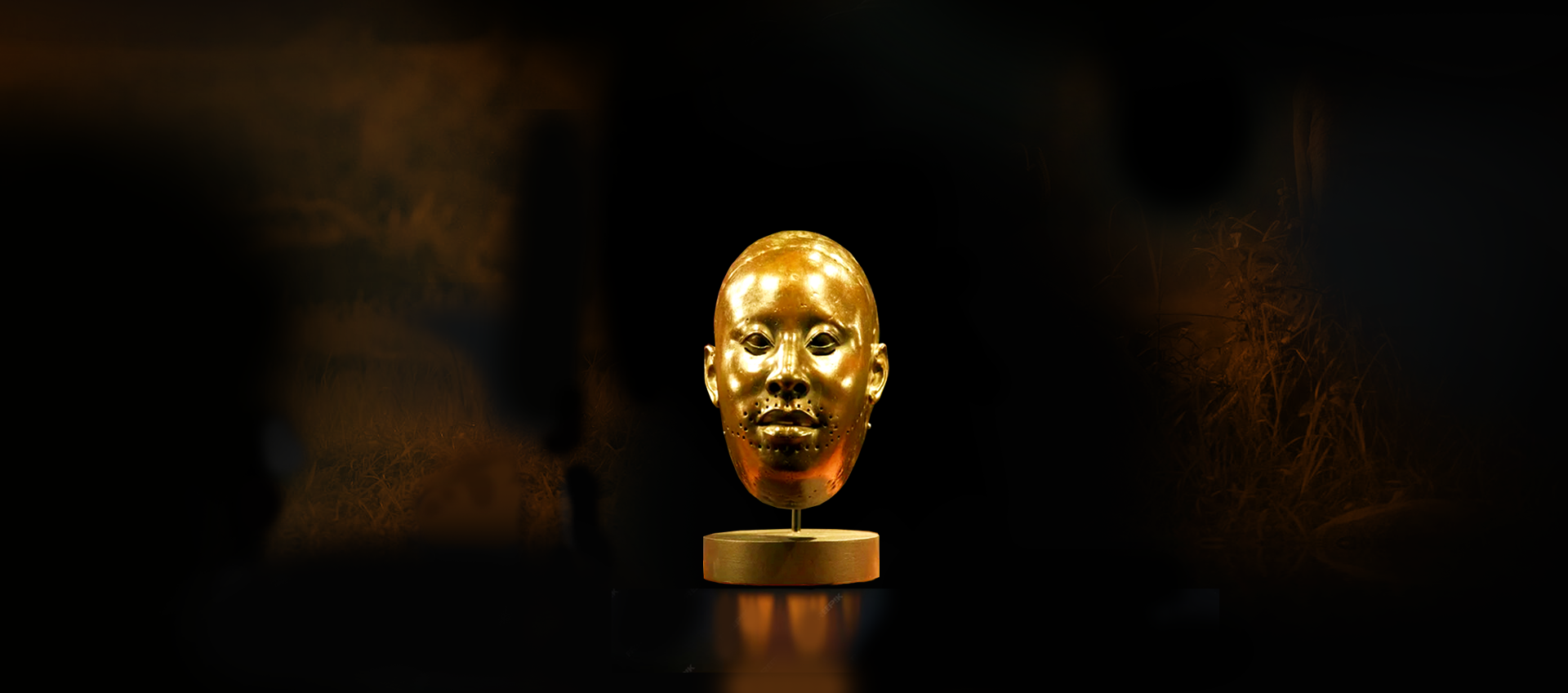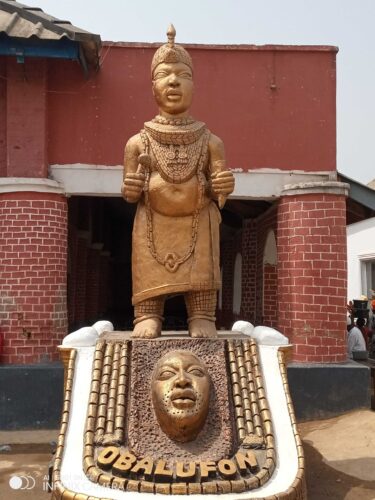
What is Obalufonics?
Obalufon II was a quintessential statesman who made possible the co-existence of ancient way of life or constitutionalism and a more modern constitutionalism which entailed the syncing or assemblage of the civic form of the city (shared purpose), the political form of the city (the constitution), and the architectural and urban form of the city (the built environment), all towards good government, that is, the classical cultivation of virtue and human excellence, political stability, and economic progress.
It is the profitable and humane coupling or binary complementarity of the profitable aspects of the old (classics, civilization and tradition) and the new (modernity, innovation and ideology) towards assemblage stated above that we call Janus Effects. It is such Effects that lead first to civic form of the city, and then to the political form of the city, and finally to the architectural and urban form of the city, all towards a good government.
Just like when we say the Socratics, the Obalufonics are citizens, - “citizen of the cosmos ruled by God,” who are like Obalufon II. And they are interested in what Leo Strauss called “today’s civic self-understanding and renewal.”

Obalufon II was the quintessential monarch, statesman and city re-builder of Ile-Ife is south west Nigeria, probably around 1250–1350 AD. This era is called the florescence era (Suzzane P. Blier) or the classical era (Akin Ogundiran). Obalufon II, also called Alayemore and was the son of Obalufon I, also known as Ogbogbodirin. According to the oral Ile Ife traditions, the ancient civilizational city and center of various people now called Yoruba, Edo, Itshekiri, Ijaw and other several ethnic-nationalities in West Africa and in diaspora America, Obalufon II perfected Ile-Ife’s political science established earlier by Oduduwa.
Oduduwa who established a regime at Ile-Ife with a shared purpose (civic form), constitution (political form) and the physical environment (architectural and urban form), all dedicated to the cultivation of virtue (iwa) in accordance to the regime’s civilization. However, it was Obalufon II, that established political stability by deepening the cultivation of virtue, balancing the interests of the autochthonous regime and the new regime, and also by re-building the city towards economic progress. Furthermore, Obalufon II placed premium on political freedom, especially religious freedom, among several ethnic groups, which has survived till today.
Our logo, is the very famous and classic 99 percent pure copper mask of Obalufon II, which was first published by the late Ooni (monarch) of Ile-Ife, Oba Adesoji Aderemi in 1937. In making the logo, I just put glasses, with copper frames, on it to connote the continuity of Obalufon’s essence in modernity. This glass has two different lenses; a round one with a squarish frame and a squarish one with a round frame, denoting the principle of binary complementarity. The logo invites all us to wear Obalufon’s mask – to see through Obalufon’s optics – to be autochthonous and modern – to join in the profitable continuity of civilizations and traditions in modernity. This logo invites to be Obalufonic.
On a deeper level for our contemporary world, Obalufonic is about shoring up the modern constitutionalism, regardless of the ideology, with the ancient constitutionalism that is dedicated to the cultivation of virtue – of ancient classical ethics in modernity. The primal concern is towards what Leo Strauss called “today’s civic self-understanding and renewal.”
Obalufonic is no big deal. This is hardly a feast of exceptionalism, this elusive art of balancing the old and the new, of syncing shared purpose of the regime with the constitution of the regime and the physical city of the regime is a universally practiced science. There are examples everywhere; ancient Egypt, ancient Athens, Alexander the Great, ancient Rome, ancient China, ancient Japan, ancient Ile Ife. In the more recent time, we see this in the politics; Pope Julius II in the Vatican City, the Sun King Louis XIV of France, Peter the Great of All Russia, Thomas Jefferson during the founding of the United States in late 18th Century, Uthman dan Fodio in the founding of the Sokoto Caliphate in early 19th Century, and Deng Xiaoping in the late 20th Century China. The list is endless. For example, Abraham Lincoln, Franklin D. Roosevelt and Ronald Reagan would also exploit this science.
But because Adolf Hitler also explored an inhuman, an exclusive and a fascistic variant in the Nazi Germany, our focus here is specifically the humane use of this Janus Effects as Thomas Jefferson had done within a liberal democracy, as Deng Xiaoping had done with Socialism with Chinese Characteristics, and as Charles III the King of the United Kingdom is presently doing with several of his foundations such as the International Network for Traditional Building, Architecture, and Urbanism (INTBAU).
We also see a partial attempt by Murtala Mohammed and Olusegun Obasanjo during the Great Reconstruction of the 1970s in Nigeria, though that attempt was stunted by modernism and modernization paradigm. How first task is to finding out how this partial attempt could be re-negotiated towards success.
As such, this blog would be discussing on how civilizations and traditions, especially African, could negotiate the continuity of the “old” in the “new” towards political stability and economic progress. As such we are neutral on the ideology of the “new,” whether it is Left or Right, republican or monarchical, secular or theological, ... etc., as long as the ideology is humane and coeval with human reason and commonsense, simply.
And as such we welcome Obalufonic contributors from various traditions, civilizations and disciplines.
Enjoy!

